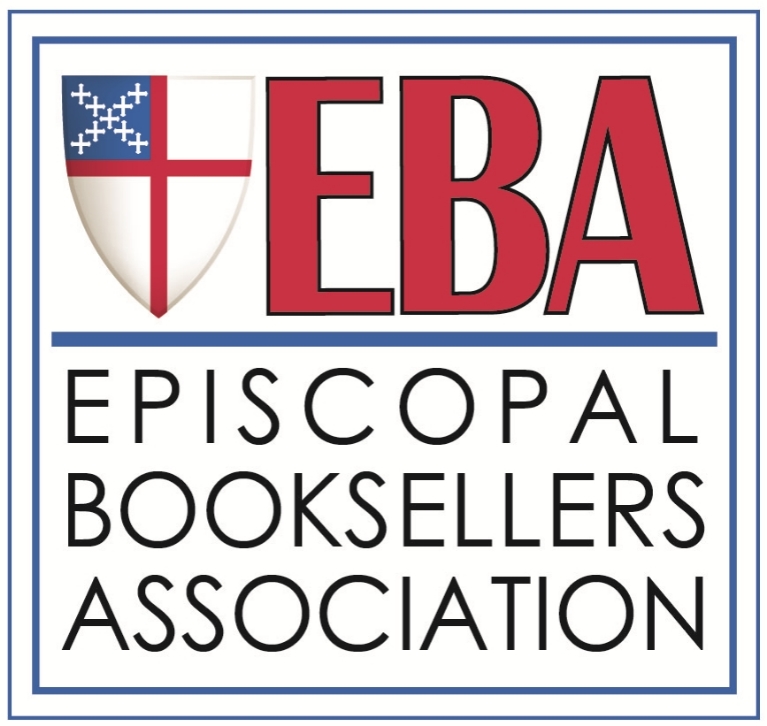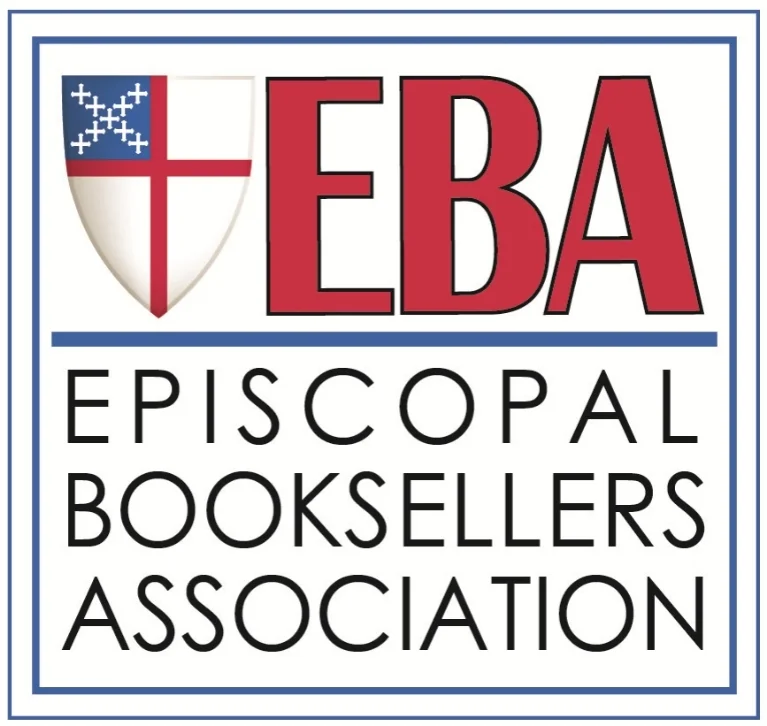The Church Cracked Open
Disruption, Decline, and New Hope for Beloved Community
Stephanie Spellers
Church Publishing, Inc., 4/2021
PAPERBACK, 160 pages
ISBN: 978-1640654242
$16.95
Putting the Pieces Back Together
If you’ve been spending Sundays watching church on Zoom and hoping that things will just get back to normal, the Rev. Canon Stephanie Spellers’ new book The Church Cracked Open: Disruption, Decline, and New Hope for Beloved Community will shake you up. Rev. Spellers, who serves as Presiding Bishop Curry’s Canon for Evangelism, Reconciliation, and Creation, realized that the painful social upheavals that boiled over during the summer of 2020 offered the opportunity for the church, and specifically the Episcopal Church, to get away from the empire-oriented, exclusive practices that were alienating people and causing the church to decline and move towards something more sustaining, more like what Jesus’ first followers experienced. In just two months she wrote this short, direct book that focuses her education and experience on hard truths of the church, past and present, and what they might mean for the future.
Nadia Bolz-Weber explains The Church Cracked Open well: “If you are looking at the landscape of the church and wondering ‘How’d we get here’ and ‘what’s next,’ I invite you to board Rev. Spellers’ plane and take in the big picture with her. Take in the history, the theology, the pain, the beauty and the hope that her view from thirty-thousand feet offers. When she lands the plane, you’ll realize—there’s simply no better guide out there.”
Spellers introduces her powerful treatise with the story in Mark’s gospel about the woman at Bethany who came into the house of Simon the leper with an alabaster jar of nard, costly perfumed ointment, which she broke and poured onto Jesus’ head. Everyone was angry at her for wasting the precious substance and breaking the beautiful jar, but Jesus understood that she recognized something the others didn’t: “she was literally giving up the best of what she had—the alabaster jar and the nard—because he mattered that much to her. He was the holy one, the center of her world, and she had reoriented her life around him as her focus.”
There is no denying that the world as we know it cracked open this past year. And Spellers provides powerful evidence that the church as we know it was in quick and serious decline, cracked and broken even before the pandemic. In eight chapters, she explains why and provides a plan for using the broken pieces of our tradition to orient our lives more truly around Jesus and come closer to creating beloved community.
She begins by explaining why “Euro-tribal” churches have fallen to the margins. Rather than seeing the crises of the pandemic as the final blows to an ailing church, she says, we should use them as motivation to move away from White empire towards God and God’s dream. Spellers is very direct about how the Episcopal Church historically embraced and often epitomized racism, but her abiding love for the broken church comes through clearly.
After she names the problems and explains how they evolved, she moves towards imagining a better future, sharing the stories of men and women throughout history who lived better lives and provide hope that we can too. She explores the idea of kenosis, the non-attachment and self-giving that Jesus exemplified, and explains how we need to be brave enough to break our attachment to the alabaster jar of our church. She proposes a life of solidarity, where Christian communities who once identified with empire and establishment walk humbly with the oppressed to find salvation and holiness for all. And she brings these stories and concepts together by explaining the Way of Love--the rule of life for Episcopalians that the presiding bishop has developed--through their lens.
Spellers hopes this book will inspire more than deeper reflection. “My fervent prayer is that you will examine your life and the life of your church, and they systems and assumptions that shape both. I hope you will become less anxious about how you and your community are cracking open and more curious about how God might remake you as a true community of love.”
The Church Cracked Open packs a wallop. Though it’s short, it’s not an easy read—her deep understanding of the church and its history can get dense for a lay reader, and many of the anecdotes she shares are ugly and uncomfortable to face. But through these hard truths, she weaves poetry, specific hopes, and examples of people who have overcome the ugliness to provide images of what the future might look like. She leaves us not with the broken pieces of the church, but with a clear plan for how they might be put back together to create something truly beautiful and precious, something worthy of honoring God. Whether or not you agree with her diagnosis or her recovery plan for the church, you’ll discover profound new ways of considering what the return to church might look like. And you’ll understand why it can’t just go back to normal.
Reviewed by Lucy Chambers, Christ Church Cathedral Bookstore, Houston, Texas and EBA Board Member



